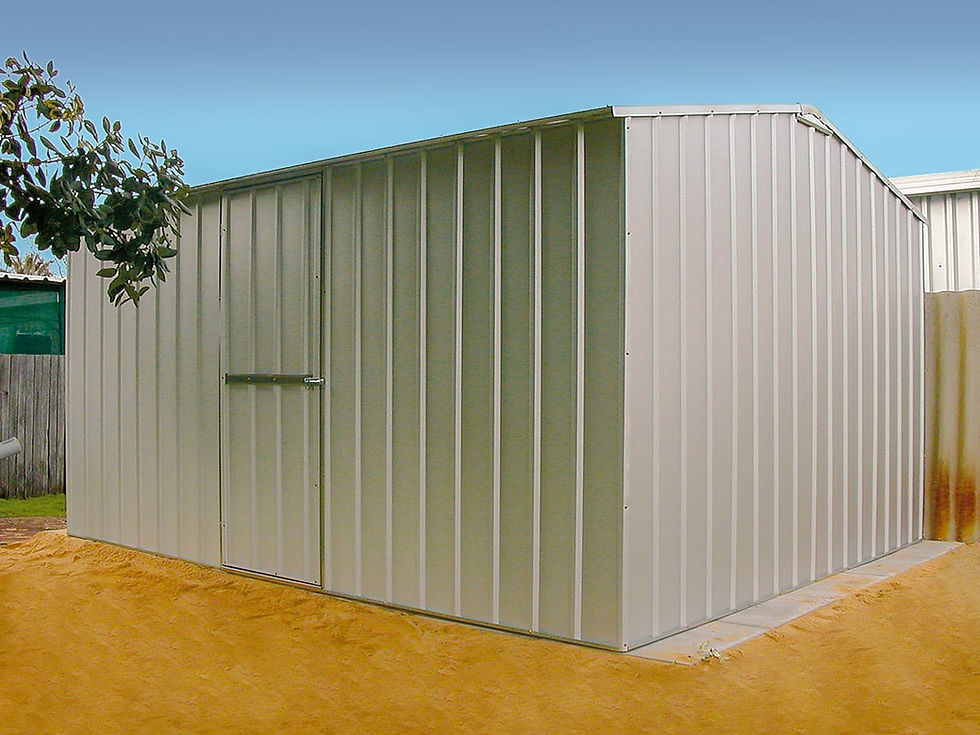Easy Solutions for Common Blocked Drain Problems
- Zac Ferry
- Jun 27
- 4 min read
Updated: Nov 7
Have you ever stood ankle-deep in water, wondering why your sink or shower drain refuses to clear? Do you sometimes catch a strange odour wafting from your pipes, leaving you hesitant to run the taps or flush? Blocked drains can be a real hassle and often strike when you least expect it. Luckily, you’re in the right place if you want simple, friendly tips to keep your drains flowing smoothly.
In this blog post, we’ll explore why well-maintained drains are vital for your household and who might face the risk of frequent blockages. We’ll also examine the usual culprits behind blocked drains, from nasty soap buildup to mischievous tree roots. Plus, we’ll discuss when it’s time to tackle a blockage on your own and when you should call in the professionals. To wrap up, we’ll share practical strategies to avoid future blockages so you can enjoy peace of mind (and pleasant-smelling drains).
The Importance of Well-Maintained Drains
Keeping your drains in top condition is about more than just avoiding unpleasant odours. Good drain maintenance can safeguard your home’s structure, help preserve indoor air quality, and prevent costly repairs. In many Australian households, drains work overtime with the amount of waste, grease, and detergents that flow through the pipes daily. When these materials accumulate, they can lead to partial or fully blocked drains.
A drain free of buildup allows water and waste to move quickly, reducing the strain on your plumbing system. This efficiency also translates into fewer plumbing emergencies and a healthier living environment. After all, stagnant water can become a breeding ground for bacteria and mould. If you want to avoid late-night calls to emergency plumbers, regular checks and swift fixes are absolutely key.

Identifying the Severity of a Blocked Drain
Early Warning Signs of Partial Blockages
A fully blocked drain doesn’t usually happen overnight. Early clues include water draining slower than usual or a gurgling noise after you flush the toilet. You might also see tiny pools that form around your shower drain or notice standing water in your sink after you’ve switched off the tap. Keeping an eye out for these signals means you can address a blockage while it’s still manageable.
Potential Health and Structural Risks
Besides the immediate inconvenience, blocked drains can escalate into serious health risks, particularly if bacteria-laden water backs up into your home. You also risk structural damage as water seeps into floors, walls, or foundations, causing rot or mould growth. If left unattended, long-term issues can emerge, resulting in costly renovations and health-related concerns like respiratory issues for vulnerable family members.

Professional Solutions and Best Practices
CCTV Drain Inspections
If the exact cause of your blocked drains remains a mystery, a CCTV drain inspection can reveal hidden twists and turns. Using a small camera inserted into your pipes, plumbers can spot cracks, root invasions, or massive clogs without guesswork. It’s a cost-effective, non-destructive way to diagnose serious drain problems and plan the most appropriate solutions.
High-Pressure Water Jetting
Sometimes known as hydro jetting, this technique uses a high-pressure hose to blast away stubborn blockages. It’s especially effective against accumulated grease, scale, and debris that build up over time. High-pressure water jetting is a fast, thorough option for severe cases, though it should only be carried out by trained professionals to prevent pipe damage.
Pipe Relining and Repairs
When tree roots or corroded pipes cause constant disruptions, pipe relining might be your best bet. In this method, plumbers insert a resin-coated liner into your existing pipes. Once it hardens, you effectively have a new, durable pipe within the old one. This approach can be less invasive than digging up your yard or driveway, and it extends the lifespan of your drainage system for many years.
Preventing Future Blocked Drains
Scheduling Routine Drain Maintenance
Routine maintenance is the key to preventing blockages before they start. This might involve monthly checks of your sinks, showers, and toilet drains for slow flow or lingering smells. You could also arrange an annual or bi-annual inspection from a professional, who can spot early warning signs you might miss. A small investment in regular tune-ups could save you time, stress, and money in the long run.
Proper Disposal Habits
To keep drains happy, be mindful about what goes down them. Don’t pour fats or oils from the frying pan directly into the sink. Let them cool and discard them in the bin instead. Likewise, things like coffee grounds, paper towels, and hygiene products belong in the rubbish. Encouraging everyone in the household to follow these habits will help keep your water flowing freely day in, day out.
Conclusion
Your drains play an essential role in keeping your home comfortable, hygienic, and free from unpleasant odours. By addressing small clogs as soon as they appear, you reduce the risk of more severe problems. And when you combine regular maintenance with good disposal habits, you’ll enjoy a plumbing system that works smoothly, day after day. Whether you’re dealing with a stubborn kitchen sink clog or a tree root invasion, there’s always an approach—be it a quick DIY trick or a professional repair method—that can offer relief.








Comments